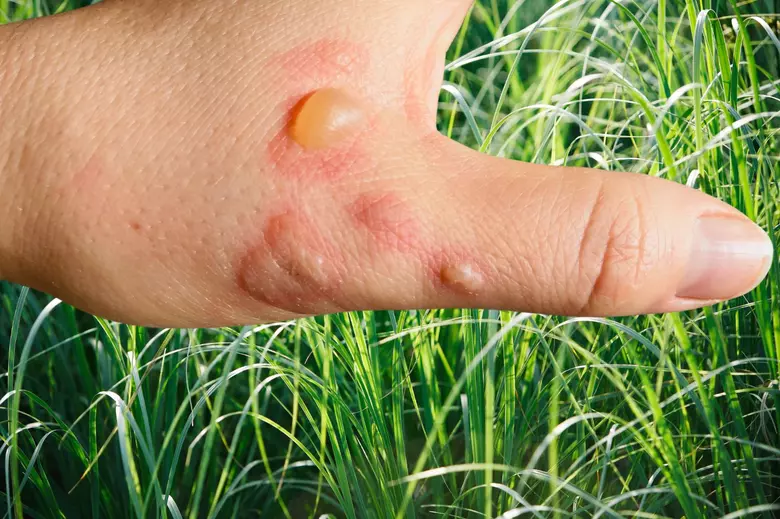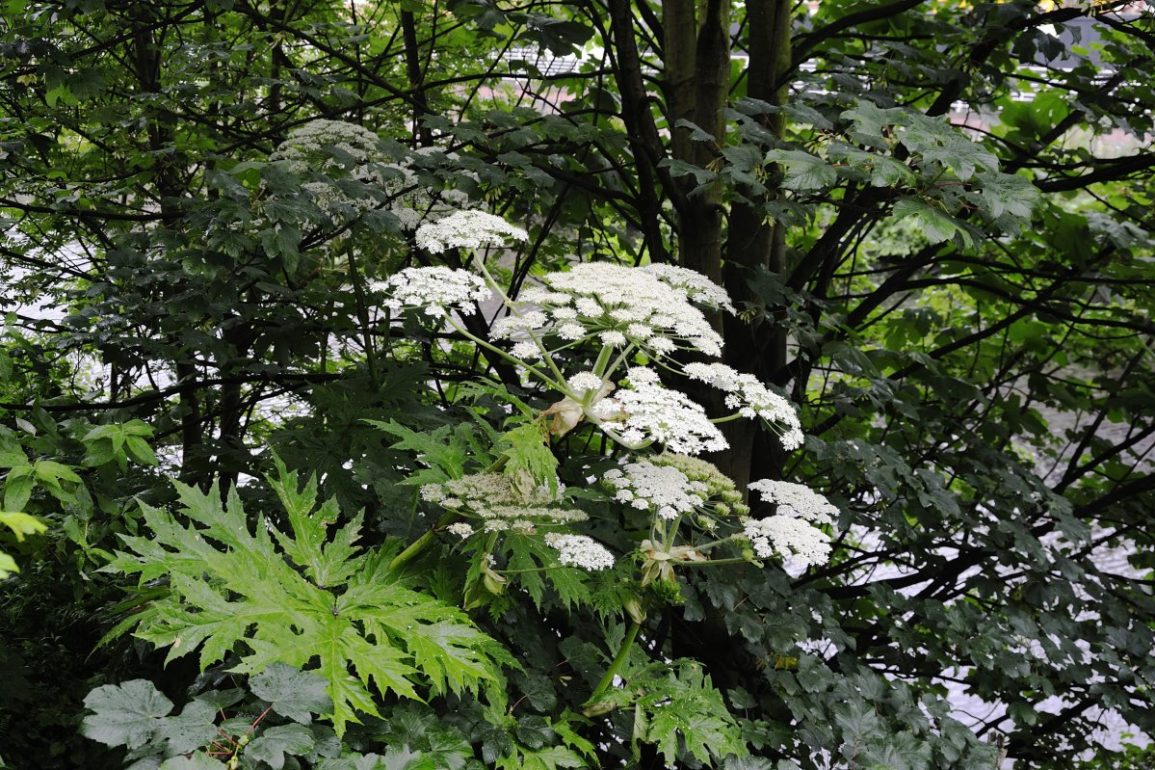Giant Hogweed is an extremely dangerous invasive plant found in the United States, particularly in New York state. This plant contains sap that causes phytophotodermatitis, which inhibits the skin’s ability to protect itself from UV rays.
Exposure can lead to severe skin reactions, including third-degree burns and blindness, with effects lasting for months or even years. Simply brushing against the plant can result in painful pustules and skin damage, often unnoticed until it’s too late.
Patryck Jones, an assistant pastor, experienced the harmful effects of Giant Hogweed while clearing brush around his church in Syracuse. After using a weed wacker on the plant, he began to feel itching and burning on his skin within 30 minutes.
Initially mistaking it for a reaction to stinging nettle, Jones applied cortisone cream, but the symptoms worsened over the next week, leading to severe blistering and open sores. His condition was exacerbated by the heat of summer and his existing Lyme disease.

Giant Hogweed, originally from the Caucasus Mountains, has become a significant threat in the U.S. since its introduction over two centuries ago. It is prevalent in New York, found in 53 of the state’s 62 counties, and continues to spread due to its prolific seed production.
The plant was initially sold by garden centers for its attractive appearance, but its dangerous nature has since become evident as it displaces native flora and harms those who come into contact with it.
Despite the severity of its effects, reported cases of Hogweed exposure remain relatively low. The Upstate Poison Control Center has recorded only ten cases in the past five years, though this number might not reflect the true incidence.
Many people mistakenly identify other plants, like Wild Parsnip, as Hogweed, while some victims may never report their exposure. The Department of Environmental Conservation (DEC) has been actively working to control and eradicate the plant since 2008, urging the public to report sightings for safe removal.
Jones’s experience highlights the ongoing struggle to manage Giant Hogweed. His severe reaction, which required medical treatment and left lasting scars, underscores the importance of avoiding the plant.
The DEC advises against using weed wackers or similar tools on Hogweed to prevent the sap from spreading. Public awareness and caution are essential to prevent further injuries and to support efforts to control this invasive species.

